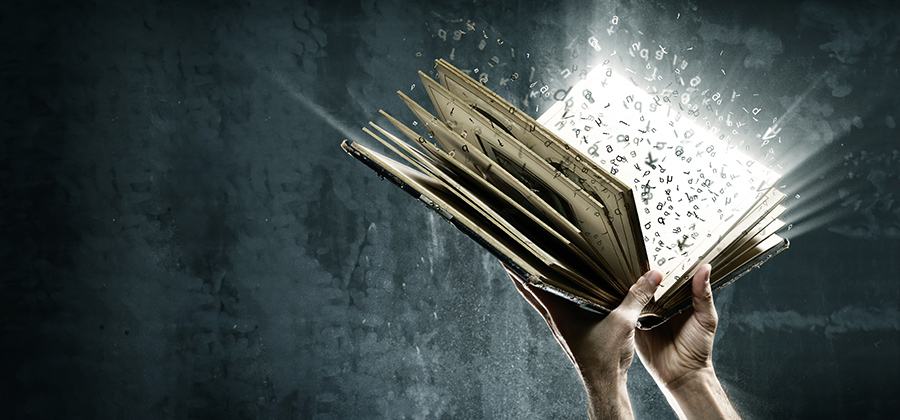
November 16 2017
Not just for dissemination and storing of knowledge. It is only thanks to paper that we can count analysis among the tools of thought.
Edward Sapir, renowned linguist and anthropologist, in his book Culture, Language and Personality, exemplifies the birth of language by describing an episode (hypothetical, of course) where a cave dweller, instead of entering directly in someone else’s cave, announces his presence with a shout. This is how language was born, replacing actions by communicating them through symbols. In this case, the shout was not the act of entering into the cave but rather the symbol through which the intention to enter the cave was communicated.
From the origins of language until today, humanity has evolved and has done so by entwining progress with language, initially oral and then written, too. And writing is actually the basis for one of the main faculties of thinking: analysis.
Without the possibility of rendering language “solid” and ushering it into a timeless medium, there would be no analytical thinking. Walter J. Ong understood the fundamental contribution that the written word gave to culture and, at the beginning of the 1980s stated in his work Orality and Literacy: “Writing […] restructures thought”.
Thanks to writing first and typography later, seeing became predominant over hearing, and humans had to acquire the ability to translate a sequence of symbols into meaning. over the years, this new modality became a style of thought. The peoples of the earth acquired the ability to break down concepts, discover the relationship between the individual parts, understand the general scheme of an organized system. In short, they learned how to analyze.
Reading and writing, experiencing the discipline of studying and acquiring information in sequential fashion nurtures the ability to analyze. Today, analysis is linked not only to abilities developed thanks to oral language, but also to the aspects of thinking typical of our modern era: synthesis, noetic abilities and the so-called “associative thinking”.
Starting with the very first sheets of papyrus, paper has always been an essential support to preserve and disseminate knowledge, but it is also part of our culture and our civilization. The way we see the world, classify objects and concepts, develop a sense of morals, indeed owes its essence to paper.